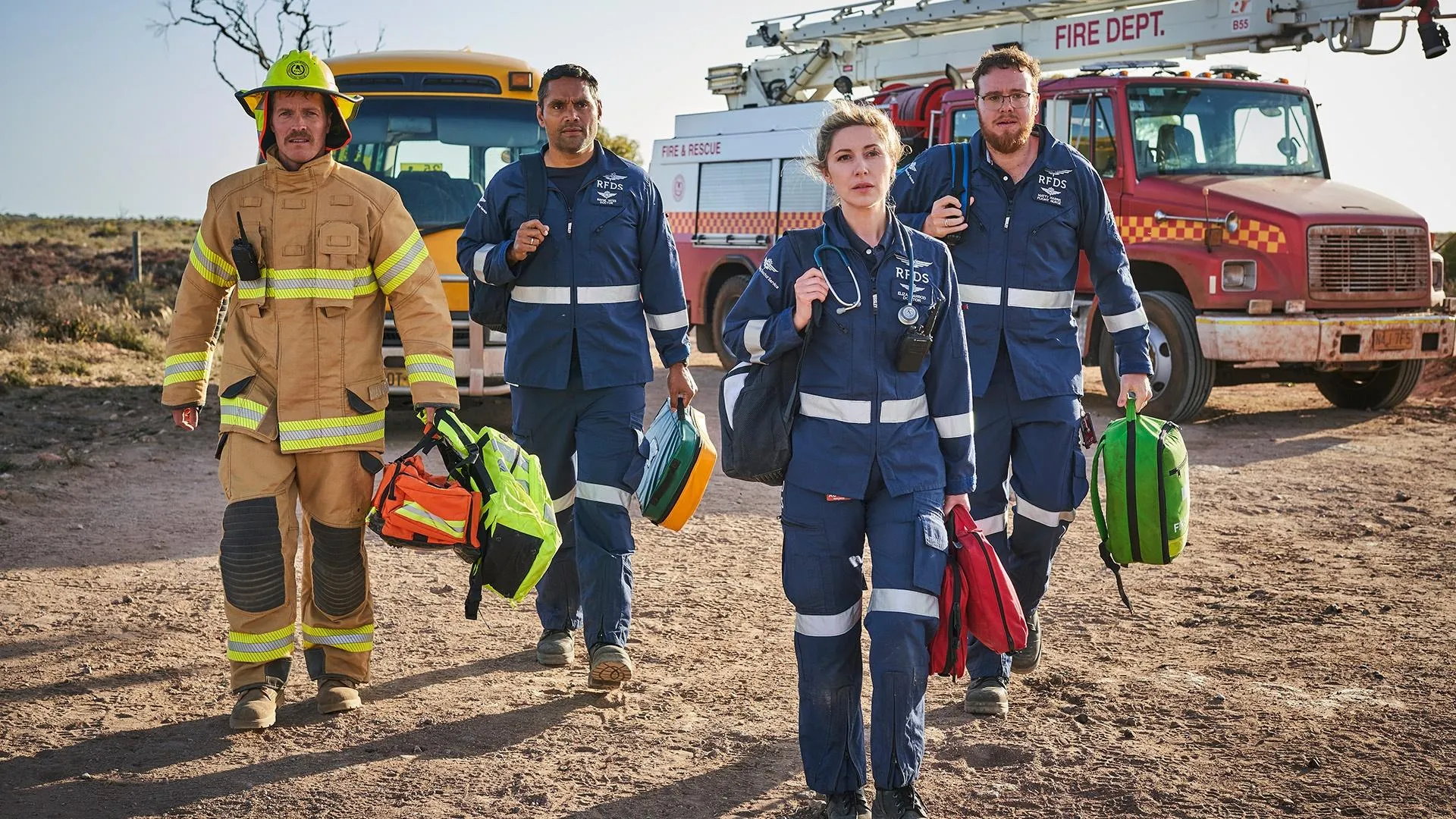

7 Things Yorkshire has Shared with the World
Beyond James Herriot’s All Creatures Great and Small, Yorkshire has given other remarkable gifts to the world. From inventing stainless steel and the chocolate orange to delivering both Jane Eyre and Dracula to our bookshelves, the county’s done its bit and then some! Check out this list proving Yorkshire’s not just a pretty face but a real force in culture and progress.
Yorkshire Pudding
Let’s tackle this first: Yorkshire Pudding may just be the county’s greatest export. What would an English roast dinner be without a crispy-on-the-outside, chewy-in-the-center baked pud hovering over the plate? And it all started as a means for northern British cooks to use up the fat in their roasting pan. The first recipe for “dripping pudding” appeared in 1737, with the 'Yorkshire' tag showing up a decade later.

The Brontë Sisters
The Brontë sisters were literary rock stars who shook up 19th century fiction from their home in Haworth. Trailblazer Charlotte gave us Jane Eyre, the ultimate DIY heroine who knows her worth and fights for it. Emily’s Wuthering Heights with its stormy romance between Heathcliff and Cathy remains one of the greatest Gothic novels ever written. And Anne? She was tackling social inequities with The Tenant of Wildfell Hall. Together, the Brontës flipped the script on how women were portrayed in literature.
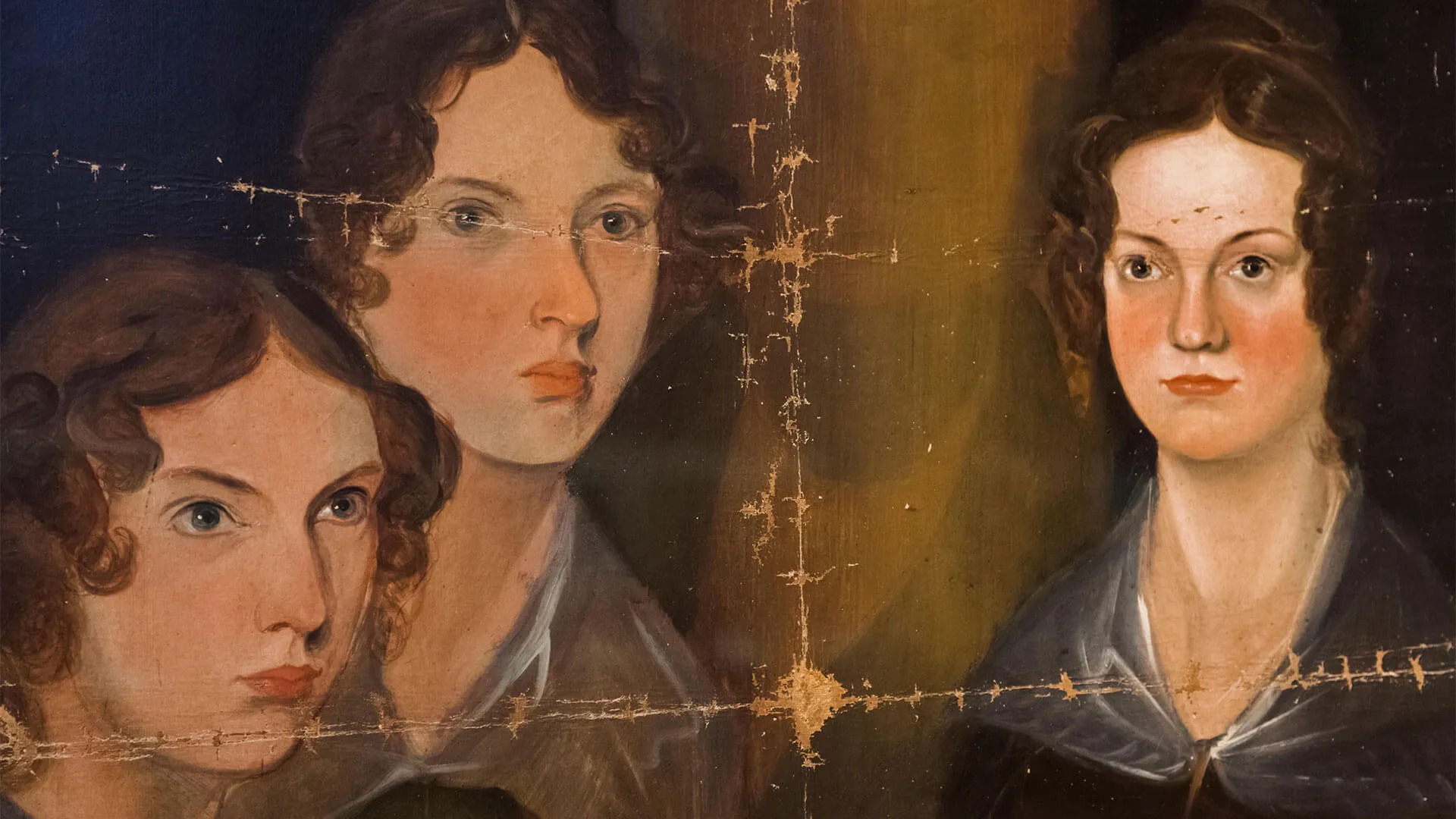
Portrait of the Brontë sisters by Patrick Branwell Brontë, dated 1834. Stainless Steel
Honestly, where would we be without stainless steel? It’s in everything from spacecraft to our trusty water bottles! It was metallurgist Harry Brearley, a proud Sheffield native, who stumbled upon the material in 1913. He was trying to prevent metal corrosion in gun barrels when he discovered that a 13% chromium steel didn’t rust after months of exposure. That happy accident led to stainless steel—and earned Sheffield the nickname “The Steel City.”
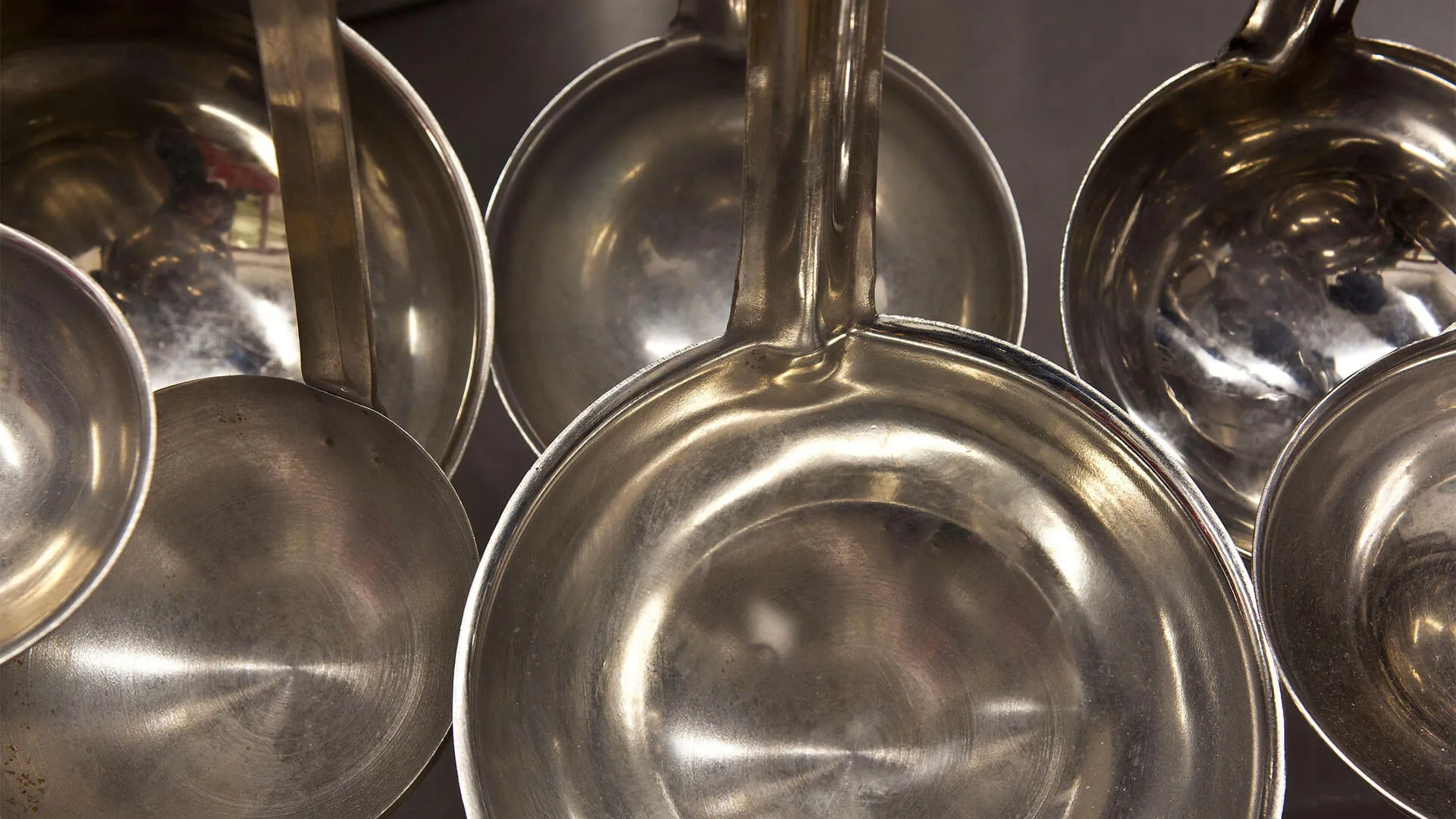
Football Clubs (or Soccer to Americans)
The world’s very first football club—Sheffield FC—was born in South Yorkshire in 1857 and is still kicking today! Founded by two local cricket club players, Nathaniel Creswick and William Prest, Sheffield FC didn’t just start a club; they helped shape the game itself. The rules they created, known as “Sheffield Rules,” laid the foundation for modern football. Their innovations include the first crossbar atop a goal, the corner kick, throw-in, and even the first match played under artificial lights.
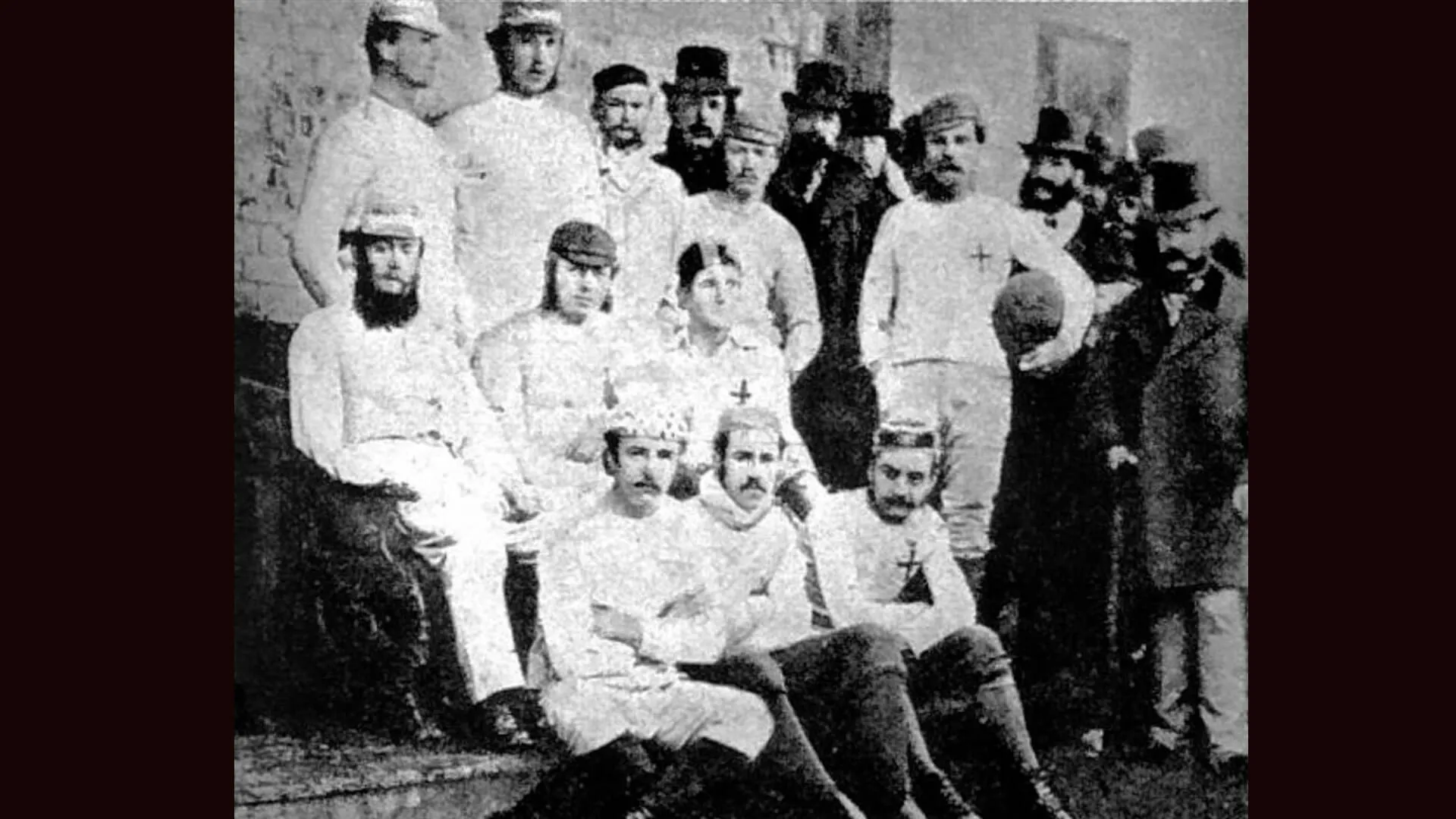
Sheffield Football Club, 1857. First Commercial Steam Train
Back in 1812, West Yorkshire manufacturer Matthew Murray leapt into the future by designing the first commercially viable steam locomotive, called Salamanca. Built to haul coal and iron from a mine near Leeds, it was one of the first locomotive engines able to pull heavy loads over a public railway—reaching speeds of up to 3-4 miles per hour, which was pretty darn cool at the time. As for its name? Salamanca was a nod to the Duke of Wellington’s big win over Napoleon at the Battle of Salamanca in Spain.
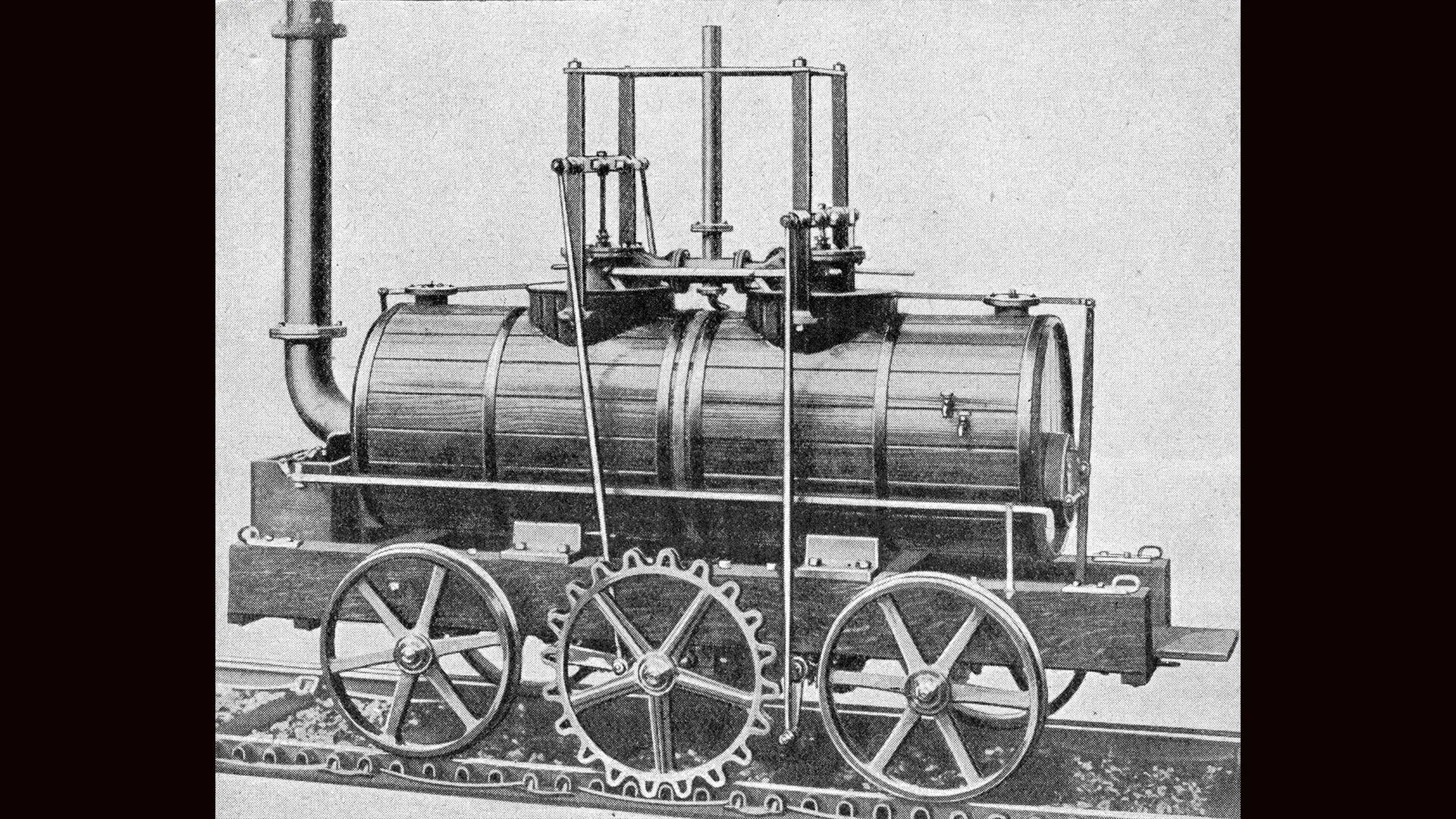
Matthew Murray's first commercially viable steam locomotive, the twin cylinder Salamanca. Dracula
Bram Stoker spent six years in Whitby, North Yorkshire, its curious essence inspiring the creation of his infamous vampire. The town's gothic vibe—especially its dramatic cliffs, the ruins of Whitby Abbey, and its weathered graveyards—set the stage for a tale of the supernatural. Stoker lifted names from tombstones like “Swales,” Dracula’s first victim. He wove local history into his novel, like a Russian ship’s recent beaching. And it’s said he stumbled upon the name “Dracula” during a visit to Whitby’s library.

Right: A. Constable & Co.: Westminster, 1897. First edition. Left: Bela Lugosi as Count Dracula. Terry’s Chocolate Orange
This famous segmented Christmas treat was first sold in 1932 in York, England, packaged neatly in that familiar little box. It wasn’t even the first fruity chocolate concoction Terry’s produced. Nope—first there was Terry’s Chocolate Apple! A Chocolate Lemon debuted in 1979 but was discontinued three years later. The Chocolate Apple was later nixed, being just too expensive to produce. Terry’s decided to double down on the Chocolate Orange, which was clearly the right decision.


